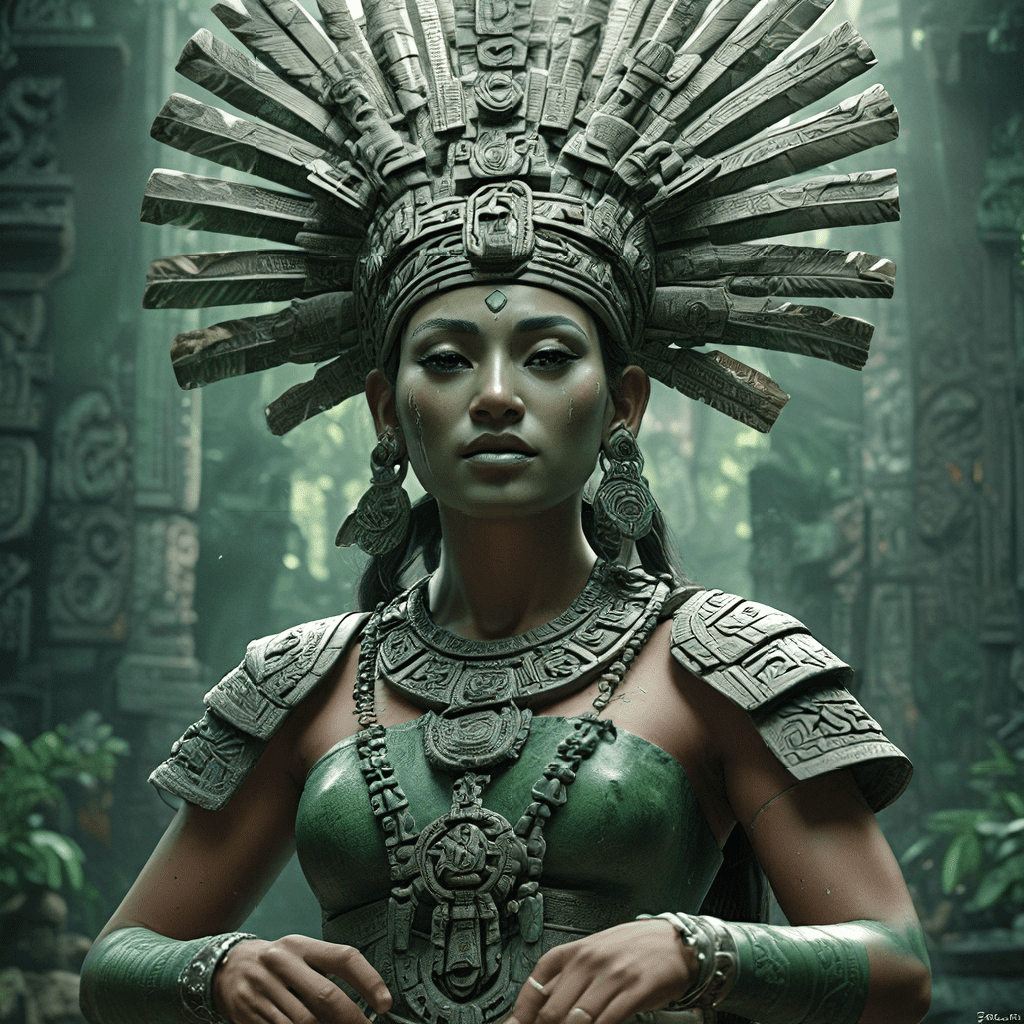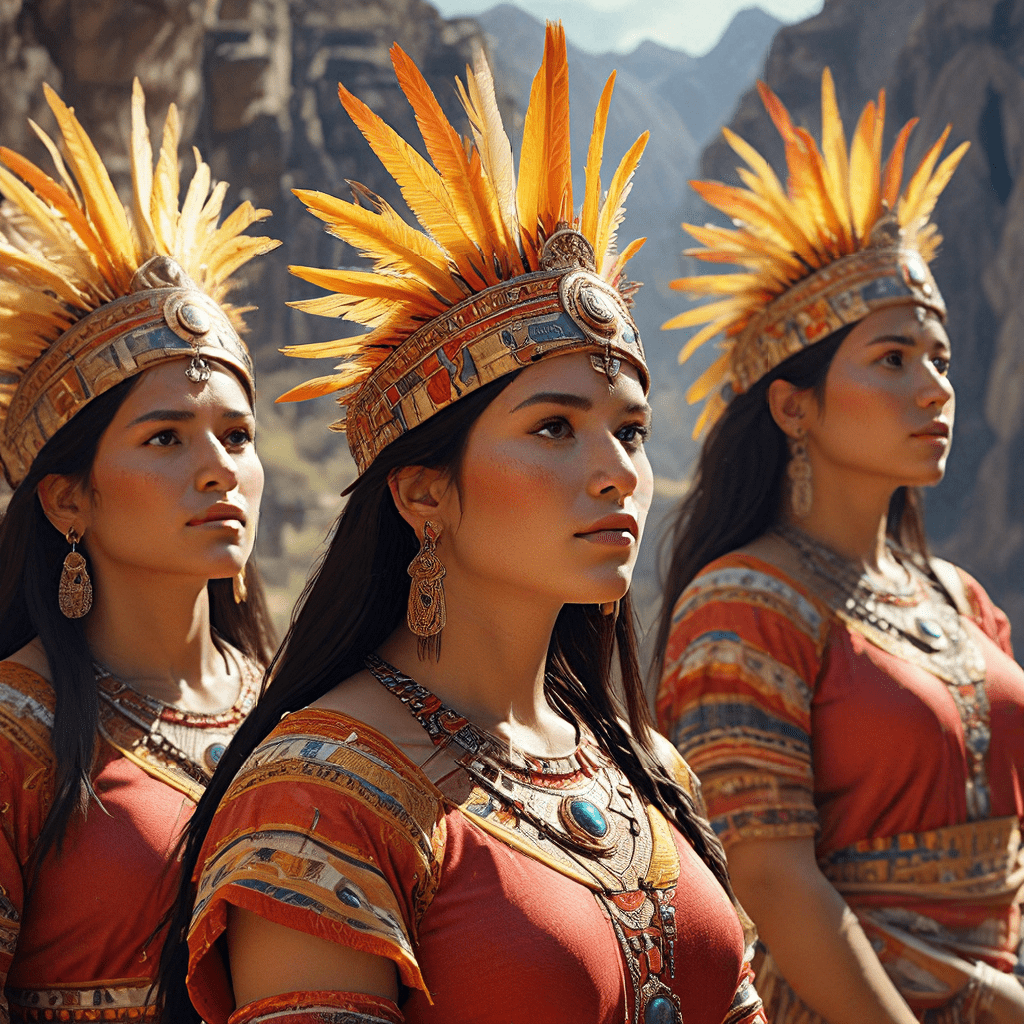The Underworld: Myths That Explore the Nature of Fear
I. Introduction
The concept of the Underworld appears across various cultures, often depicted as a realm beneath the earth where souls reside after death. This idea serves as a backdrop for exploring the multifaceted nature of fear, particularly the fear of the unknown, the fear of punishment, and the fear of transformation. By delving into these myths, we can gain insight into how different cultures perceive and personify fear, offering a lens through which we can understand our own anxieties and uncertainties.
II. The Underworld in Ancient Mythologies
Ancient mythologies provide rich depictions of the Underworld, each with unique characteristics and significance.
A. Overview of the Underworld in Greek mythology
In Greek mythology, the Underworld is ruled by Hades and is divided into several regions, including the Elysian Fields for the virtuous and Tartarus for the damned. This stratification reflects the Greeks’ understanding of morality and the afterlife.
B. The significance of the Underworld in Egyptian mythology
Egyptian mythology features a complex Underworld known as Duat, where the deceased face trials and judgments. Osiris, the god of the afterlife, plays a crucial role in determining the fate of souls, symbolizing resurrection and eternal life.
C. Comparisons with the Underworld concepts in other cultures
Many cultures have their interpretations of the Underworld. For instance:
- The Norse Hel, ruled by the goddess Hel, is a place for those who did not die in battle.
- In Hindu mythology, Naraka serves as a temporary place of punishment before rebirth.
- The Mayan Xibalba is a complex realm filled with trials and challenges for souls.
III. The Psychological Roots of Fear
Fear is a fundamental aspect of human psychology, deeply embedded in our consciousness.
A. Understanding fear from a psychological perspective
Psychologically, fear can be understood as a response to perceived threats, influencing our behavior and decision-making processes.
B. How myths personify fears through Underworld imagery
Myths often personify fears through deities and creatures associated with the Underworld, allowing societies to externalize their anxieties. For example, the depiction of Cerberus, the three-headed dog in Greek mythology, symbolizes the fear of death and the finality of life.
C. The role of the Underworld as a reflection of human consciousness
The Underworld serves as a metaphorical space for exploring the darker aspects of human nature, such as guilt, regret, and existential dread.
IV. Common Themes in Underworld Myths
Several recurring themes emerge in myths surrounding the Underworld.
A. Death and the afterlife: Fear of the unknown
The fear of death and what lies beyond is universal, often depicted through narratives that explore the transition from life to the afterlife.
B. Punishment and redemption: Moral implications of fear
Many myths illustrate the consequences of moral failings, where fear of punishment leads to a quest for redemption.
C. Transformation and rebirth: Fear as a catalyst for change
Fear can also lead to transformation, as seen in myths where characters undergo significant changes after confronting their fears.
V. Iconic Figures of the Underworld
Various figures in mythology embody the themes of fear associated with the Underworld.
A. Hades and Persephone: Love, loss, and fear in Greek mythology
The myth of Hades and Persephone highlights the interplay of love and fear, exploring themes of loss and the cyclical nature of life and death.
B. Osiris and the judgment of souls in Egyptian belief
Osiris represents both the fear of judgment and the hope of resurrection, embodying the duality of death.
C. Other notable figures and their roles in personifying fear
Figures like Charon, the ferryman of souls, and the Furies, who punish the guilty, further illustrate how mythology personifies fear.
VI. Symbolism of the Underworld in Literature and Art
The Underworld has inspired countless literary and artistic works that explore deeper fears.
A. Examination of literary works depicting the Underworld
Literature such as Dante’s “Inferno” and Virgil’s “Aeneid” provide profound insights into the human condition through their depictions of the Underworld.
B. Artistic representations and their emotional impact
Artists have also captured the essence of the Underworld, evoking emotions tied to fear and mortality through powerful imagery.
C. The Underworld as a setting for exploring deeper fears
In both literature and art, the Underworld serves as a backdrop for characters to confront their inner demons and existential fears.
VII. Modern Interpretations of Underworld Myths
In contemporary culture, the Underworld continues to be reimagined in various forms.
A. How contemporary culture reimagines the Underworld
Modern interpretations often blend ancient myths with current societal fears, reflecting changes in collective consciousness.
B. The Underworld in film and television: A reflection of modern fears
Films and television series frequently explore Underworld themes, showcasing characters grappling with their fears and moral dilemmas.
C. The relevance of ancient myths in today’s society
Despite the passage of time, the core themes of fear and the unknown remain relevant, allowing ancient myths to resonate with contemporary audiences.
VIII. Fear as a Universal Experience
Fear transcends cultural boundaries, shaping human behavior and belief systems globally.
A. The role of fear in shaping human behavior
Fear influences choices, relationships, and cultural practices, often serving as a motivator for action or avoidance.
B. Cross-cultural comparisons of fear and the Underworld
By comparing various cultural interpretations of the Underworld, we can see how different societies address common fears.
C. The therapeutic potential of confronting fears through myth
Engaging with myths can offer therapeutic benefits, helping individuals confront and process their fears in a safe context.
IX. The Underworld in Personal Narratives
Personal experiences often mirror mythological themes, allowing individuals to connect with ancient narratives.
A. Exploring personal fears through the lens of mythology
Many find solace in mythological stories, using them as frameworks to understand their own fears.
B. Case studies: How individuals relate to Underworld myths
Numerous case studies illustrate how people relate their personal journeys to the challenges faced by mythological figures.
C. The cathartic experience of storytelling
Storytelling serves as a cathartic tool, allowing individuals to articulate and confront their fears through the narrative structures of myths.
X. Conclusion
In summary, the Underworld serves as a powerful symbol in various mythologies, reflecting humanity’s complex relationship with fear. By exploring these myths, we uncover insights into our own fears and the universal experiences that bind us together. Embracing fear through mythological exploration not only aids in understanding our anxieties but also fosters personal growth and transformation.



